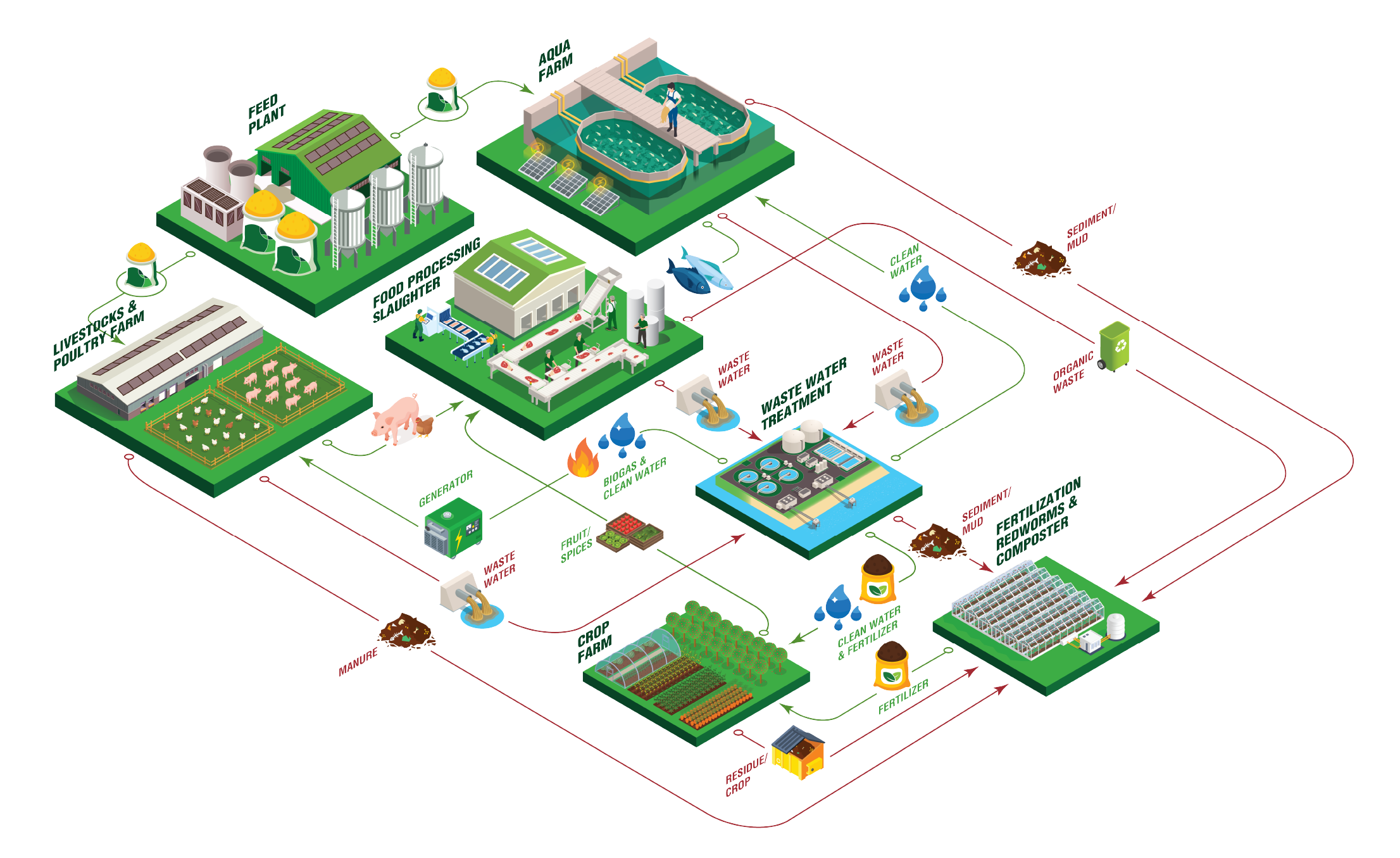
STRATEGIC APPROACH
-
Stakeholder engagement & consultation
-
Materiality assessment
-
Sustainability strategic priorities
-
Roadmap to 2030 sustainable goals, vision to 2050
STAKEHOLDER ENGAGEMENT
& CONSULTATION
GREENFEED ensures engagements of stakeholders, such as Shareholders, Investors, Suppliers, Employees, Government agencies and Local Communities are based on mutual respect and understanding. To establish dependable and long-lasting partnerships, the Group promotes accountability through open communication and ensures that interests of all parties are aligned.
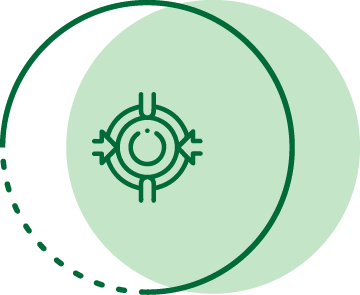
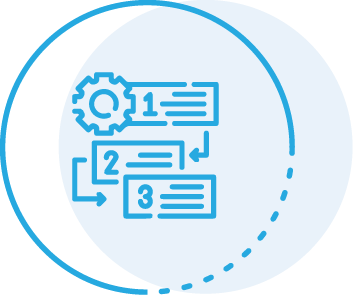

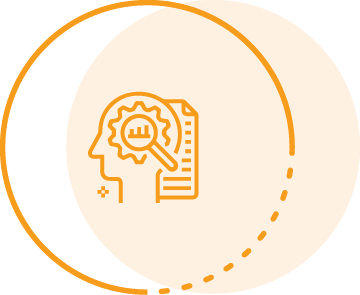
1. IDENTIFICATION
Identify internal and
external stakeholders
who have direct and
indirect influence
on the Group's
operations.
2. PRIORITIZATION
Prioritize stakeholders
according to their
impact on the business
and vice versa.
Develop consultation
plans with the most
important stakeholders,
based on ratings.
3. CONSULTATION
Departments undertake
consultations according
to the strategies and
procedures for obtaining
feedbacks from
stakeholders.
Identify key issues and
solutions with timely
action plans.
4. CONSIDERATIONS
Evaluate stakeholder’s
feedback and concerns.
Continually modify and
enhance performance
from time to time.
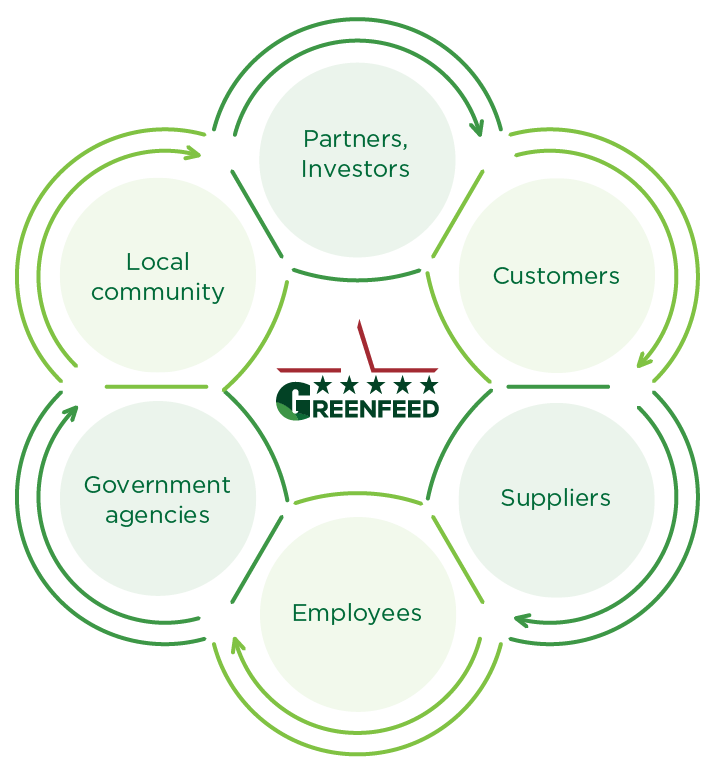
Throughout the Group’s day-to-day business operations and decision-making processes, we identify and handle issues that reflect stakeholder expectations in order to enhance our strategy. We established a communication process that facilitates the formation and maintenance of partnerships with Shareholders, Investors, Suppliers, Employees, Government agencies, and Local Communities based on mutual understanding, respect, and cooperation.
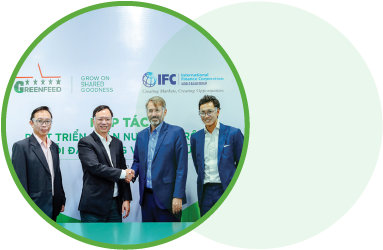
Partners, Investors
In respect of our partners, the Group has always maintained communication with partners, promptly and flexibly adjusted policies in order to deliver the best values to our partners. In addition, forms of discussion, communication and engagement with partners are enhanced so that GREENFEED can collect their feedback and better meet their increasing demands.

Customers
In respect of our customers, GREENFEED adheres to the philosophy “The customer comes first”. It is reflected in our efforts of product and service improvement in order to ensure the health and safety of customers . Particularly, GREENFEED has invested in after-sales services, new technologies, and has consistently sought to improve the customer experience.
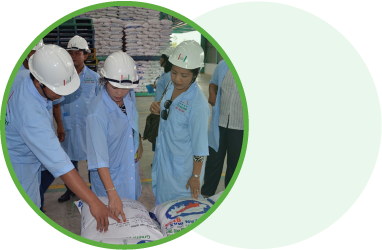
Suppliers
Regarding our suppliers, GREENFEED ensures transparency in the communication and pitching evaluation process. The group focuses on strengthening relationships with key partners who supply main raw materials, goods and services as well as facilities for production and other commercial activities.
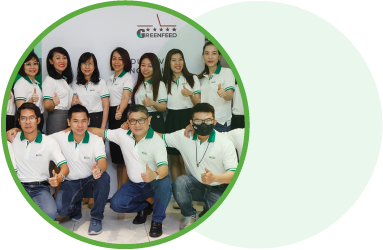
Employees
GREENFEED defines human capital as a valuable asset and a foundation for sustainable development. Therefore, the Group has implemented practical policies to encourage employee retention and provide a healthy work environment that helps unlock employee’s full potential.
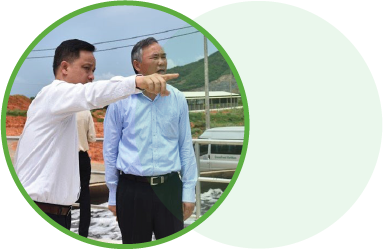
Government agencies
In respect of government agencies, the Group proactively consults with experts on policies to ensure that its business operations comply with applicable laws. In addition, local governance consultation also enables GREENFEED to better respond to community programs.
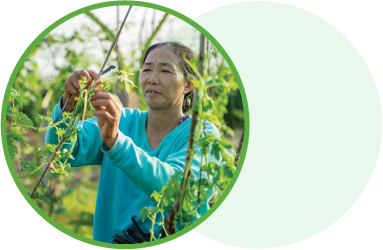
Local community
In respect of the local community, the Group prioritizes the health and well-being of women, children and underprivileged individuals. For instance, “Tiep Suc Nha Nong” (Empowering Farmers) program focuses on enhancing the livelihoods of rural women farmers across the country, or the “Bua An Tron Ven” (Meals of Smiles) program provides nutritional support for children.
MATERIALITY ASSESSMENT
GREENFEED considers the identification of material topics,
which is based on the most recent requirements and expectations of stakeholders,
to be a foundation for controlling risk and seizing new opportunities. Thereby,
GREENFEED has evaluated and updated its assessment of material areas that
reflect evolving trends across the Group’s value chain. Each area is
assessed according to its impact on business operations and stakeholders.
Materiality matrix
TO THE 17 SDGs
Sustainable business growth




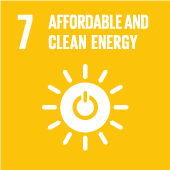
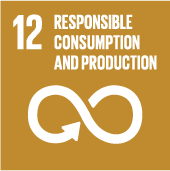

Sustainable product

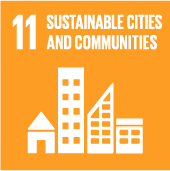
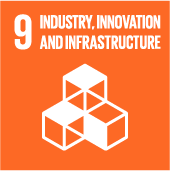




Sustainable environment



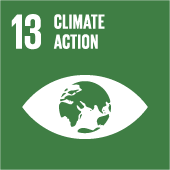


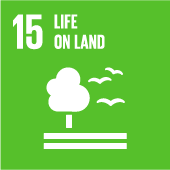
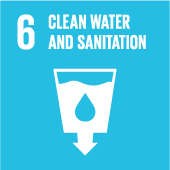





Sustainable workforce







Sustainable community

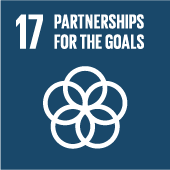
SUSTAINABLE STRATEGIC PRIORITIES
engagement in the following aspects:
- Creating long-standing values through investing in the drivers of
sustainability - Creating and upholding shared principles
- Managing environmental impacts
